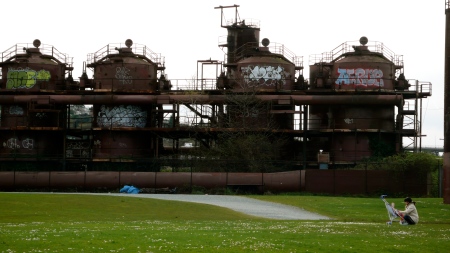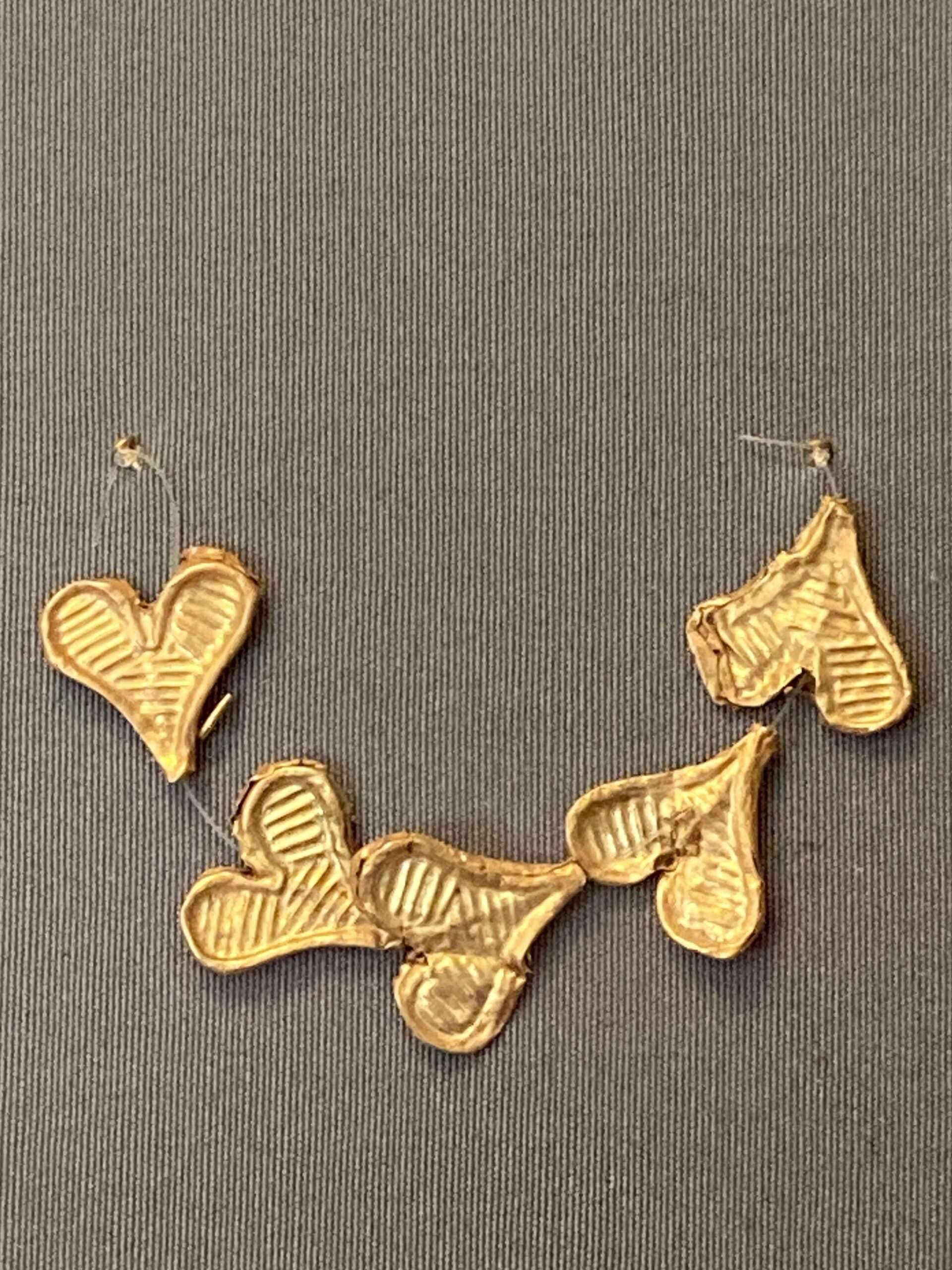It’s been raining and raining (how many straight days of rain was that?) and finally, yesterday, we had a really pleasant day. I think the temperatures reached the mid 50’s. It felt warm and spring-like, so Rick and I went for a walk after I finished teaching.
I have been wanting to go over to Peace Park for a while, so off we went. If you blink, you just might miss Peace Park! It is alongside a busy road, the University bridge, and an on-ramp. I pass this park a few times a week on my way to teach yoga classes at St. Joe’s, but I have never really stopped and visited the park.
“Peace Park was the dream of Dr. Floyd Schmoe, who after winning the Hiroshima Peace Prize in 1998 used the $5,000 prize money to clear a small lot near the University of Washington. From a pile of wrecked cars, garbage, and brush, he worked with community volunteers to build the beautiful Peace Park.”
The main feature of Peace Park is the sculpture, Sadako and the Thousand Cranes, created in 1990 by artist Daryl Smith. The statue is a life-size bronze of Sadako Sasaki, the young Japanese girl who survived the Hiroshima bombing only to die of radiation sickness at age 12. She lived one mile from Ground Zero.
“Sadako Sasaki was a Japanese girl living in Hiroshima when the atomic bomb was dropped on Japan on August 6, 1945. In 1955, at age 11, Sadako was diagnosed with leukemia, cancer caused by the atomic bomb.
While in the hospital, Sadako started to fold paper cranes. In Japan, there is a belief that if you fold 1000 paper cranes, then your wish will come true. Sadako spent 14 months in the hospital, folding paper cranes with whatever paper she could get. Her wish was that she would get well again. Sadako also wished for an end to all suffering and to attain peace and healing to the victims of the world.
Sadako died on October 25, 1955, she was 12 years old and had folded over 1300 paper cranes. Sadako’s friends and classmates raised money to build a memorial in honor of Sadako and other atomic bomb victims. The Hiroshima Peace Memorial was completed in 1958 and has a statue of Sadako holding a golden crane. At the base is a plaque that says:
This is our cry.
This is our prayer.
Peace in the world.In Seattle, Nobel Peace Prize nominee, Dr. Floyd Schmoe, built a life-size statue of Sadako. The statue was unveiled on August 6, 1990, 45 years after the bombing of Hiroshima. The statue is in the Seattle Peace Park and often has paper cranes draped over it.”
I found Sadako’s story very poignant and moving! Right after the Japan earthquake, there were so many paper cranes covering Sadako that the statue itself was hard to see. I could only see the statue covered by paper cranes from the car, (soggy paper cranes because of the rain!) and I have felt inspired to come to the park on foot ever since. Yesterday, we found Sadako covered with thousands of fresh paper cranes. There were a dozen roses at her feet.
Next we walked to Gas Works Park on Lake Union. We had a really nice time walking around this park. I managed to capture these girls covered in a blanket, reading on the lawn next to the retired oil holding tanks.
The park offers a great view of downtown Seattle:
Gas Works Park is on the site of the former Seattle Gas Light Company gasification plant located on Lake Union. Gas Works Park contains remnants of the sole remaining coal gasification plant in the US. The plant operated from 1906 to 1956, and was bought by the City of Seattle for park purposes in 1962. The park was designed by Seattle landscape architect Richard Haag.. The design called for the retention of much of the plant. I love how Haag kept the old oil holding tanks and machinery in place and designed the park around the graffiti decorated structures of old. I love how the eeriness of the defunct structures form an interesting backdrop to this verdant park.
I am craving more sunny days so I can go out and re-explore more of Seattle’s city parks!













I had no idea peace park existed. I will check it out. meanwhile, i will patiently wait for the book: A complete parks tour guide book of Seattle, by Fran and Rick.